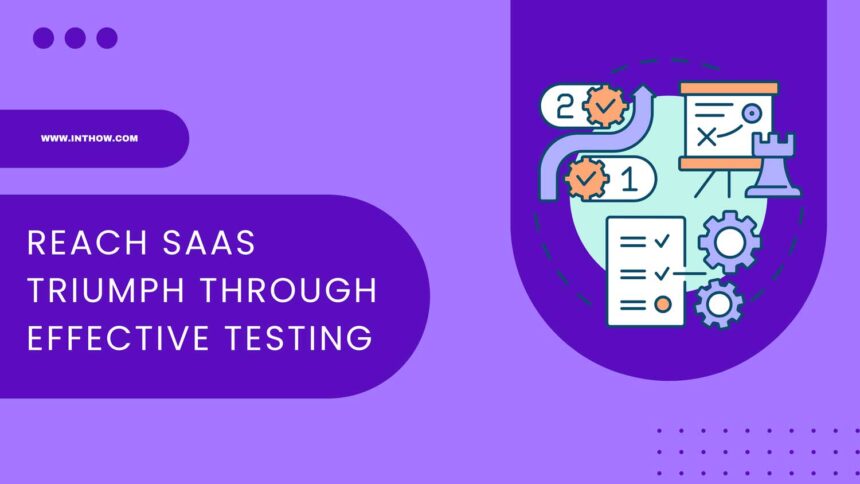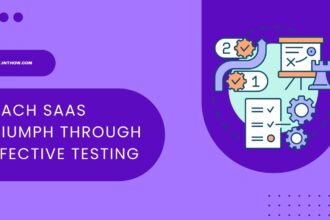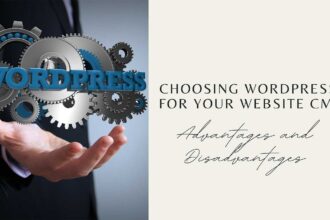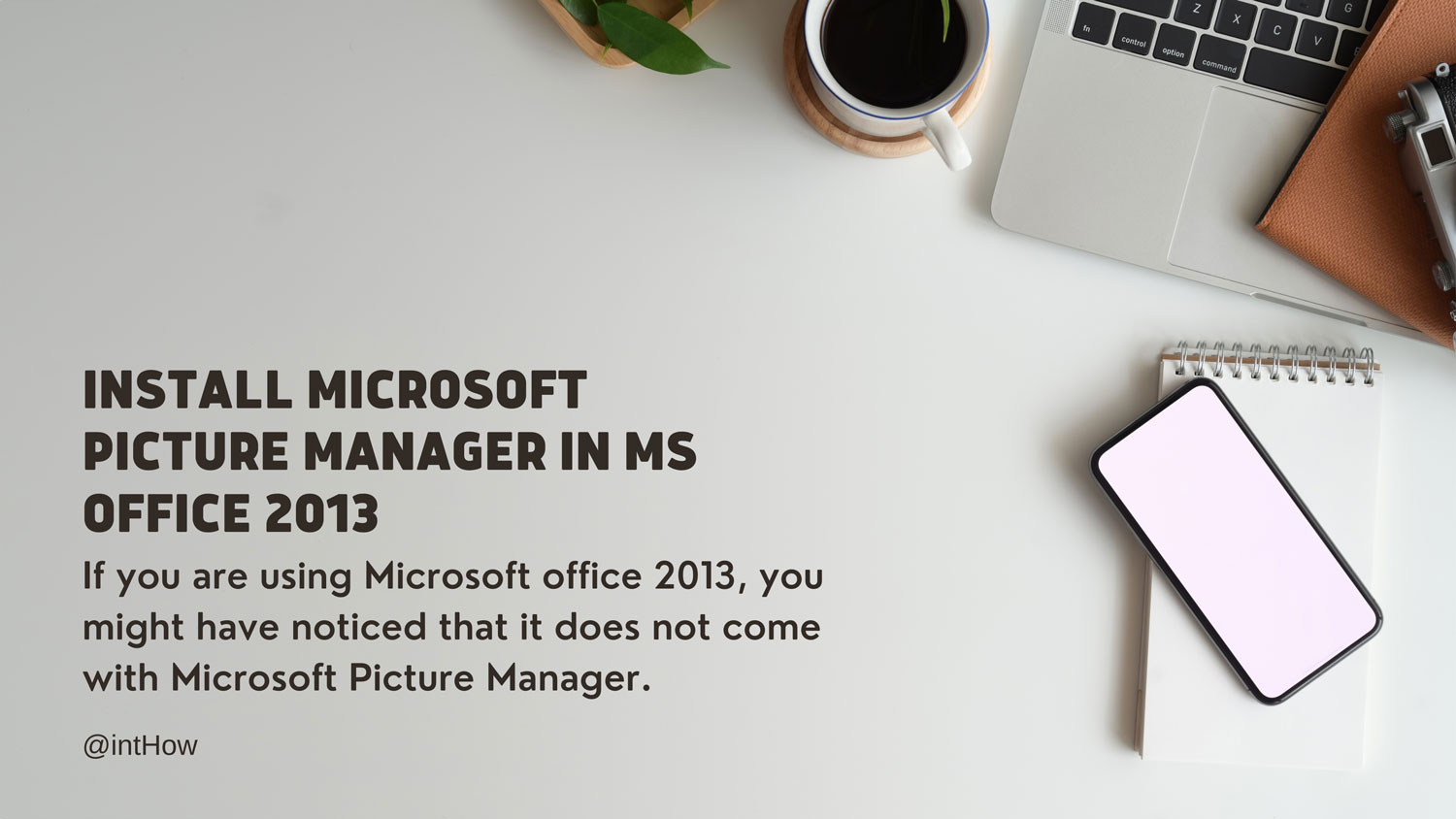Over the past couple of years, Software as a Service (SaaS) has emerged as a significant trend. Its growing popularity is fueled by various factors, including advancements in cloud technology, the imperative to optimize resources and enable on-demand usage, and the expanding global reach of businesses, which necessitates a unified platform for collaboration.
In this discussion, we’ll explore the distinctions between testing SaaS applications and traditional on-premise implementations. To delve into this, let’s start with a straightforward definition of SaaS and extract key elements that can be subjected to testing.
SaaS is a software delivery model in which the software is accessible to end customers via the Internet. In this model, the software vendor hosts the software for the customer, eliminating the need for the customer to establish a hardware or software environment on their premises. The customer’s role is primarily to convey software customization requirements to the vendor and adopt a “pay-per-use” model, ensuring efficient resource utilization. Notably, SaaS provides customers with the flexibility to adjust resource usage on an “on-demand” basis.
There are different maturity levels of the SaaS model, depending on the SaaS deployment model:
- Single instance – single tenant (customer);
- Customizable multi tenancy on the base source code;
- Multi tenancy on the base source code without any customizations.
Let us now draw the testable elements from this definition:
Take away #1 from definition: Delivering software to end users via the Internet has become integral to a myriad of activities, ranging from everyday tasks like shopping, banking, and networking to more significant events such as home purchases and finding a life partner. When engaging in these activities online, the foremost concern that arises is the assurance of privacy, confidentiality, and security. Users often wonder if their transactions will remain secure, especially when multiple users share the same instance of the software.
In the context of SaaS applications, conducting thorough security testing, particularly web application security testing, is paramount. Don’t neglect the services of software QA consulting companies that have dedicated their lives to identifying errors in applications and, thanks to many years of experience, can identify them in detail. It involves taking proactive measures, such as initiating threat model analysis. Whether undertaken independently or in collaboration with your development team, this analysis is crucial to comprehending potential threats. Active participation in this process allows you to gain insights into these threats, facilitating effective testing to ensure their mitigation.
Take away #2 from definition: In the SaaS model, where the software vendor assumes the responsibility of hosting the software for the customer, proactive consideration and testing of performance are imperative due to the extensive scale of operations involved. While end customers have come to expect optimal performance, challenges arise for vendors, particularly when managing multiple instances.
To address this, it’s crucial to engage in early discussions with the business or product planning team to establish performance requirements. Initiate performance testing early in the product life cycle through incremental tests. Beyond performance testing, the significance of scalability and capacity planning testing cannot be overstated in the SaaS context, given its “on-demand” model.
Scalability and capacity planning involve more than just adding hardware; it necessitates a nuanced understanding of the product architecture. Collaborate closely with the development team to assess the scalability of the product architecture and explore opportunities for optimization. Early engagement in these discussions is vital, as implementing architectural changes later in the development process may prove to be prohibitively expensive or even impossible.
Take away #3 from definition: The customer provides specific software customization requirements to the vendor and adopts a “pay-per-use model” to optimize resource utilization. In addition to testing the core product functionality, two crucial aspects in Software as a Service (SaaS) implementations include accurate metering and billing, along with ensuring correct customer customizations.
A key advantage of the SaaS model is its pay-per-use feature. Incorrect implementation of this feature can lead to challenges in tracking customer usage accurately, potentially impacting the overall success of the application. Thorough software testing stage of payment and usage algorithms, including boundary cases, is essential to validate the accuracy of the implementation.
Given that SaaS applications often involve customization to meet customer requirements, it is crucial to ensure the correctness of all customizations. Although it may seem straightforward, overlooking any bugs in this process can significantly harm the customer’s reputation. For instance, having a competitor’s logo on the customer’s page could be disastrous. This aspect requires special attention, unlike traditional on-premise applications where such issues pose minimal risk.
When SaaS applications are implemented correctly and undergo comprehensive testing, they offer numerous benefits. To capitalize on these advantages and ensure the success of your software, it is essential to proactively address the aforementioned areas well in advance.
Summary
In conclusion it’s important to note, the surge of Software as a Service (SaaS) as a prevailing trend stems from factors such as cloud technology advancements, resource optimization imperatives, and the global expansion of businesses. The key takeaways from the definition of SaaS emphasize the critical importance of security, performance, and accurate metering and billing in testing. Security testing, particularly in the realm of web application security, emerges as a paramount concern. The assurance of privacy, confidentiality, and transactional security for users sharing the same instance of the software is a primary consideration.
Performance testing in the extensive operational scale of SaaS, along with scalability and capacity planning, is identified as imperative. Early engagement with the business and product planning teams to establish performance requirements and assess product architecture for scalability is highlighted.
Ultimately, the successful implementation of SaaS applications, accompanied by comprehensive testing, brings forth numerous benefits. The proactive addressing of security, performance, and customization areas is crucial to capitalize on these advantages and ensure the overall success of SaaS software.









